2019 was a year marked by reflecting on design ethics, dark mode becoming part of most of the products, personalization no longer being a buzz word and Figma seriously competing with Sketch. Taking into account some of this year’s strongest revelations and scanning what seems to be on top of the industry’s mind at the moment, here is a forecast of what I see as the 10 strongest trends for 2020.

1. Voice interface, clear and definitely here.
In 2020 we will see the growth of voice search. The recent studies show that using voice as interaction is becoming the standard in daily life. Voice technology is getting smarter and adapting to the natural conversational language, bringing a new way of interaction that a text search never could.
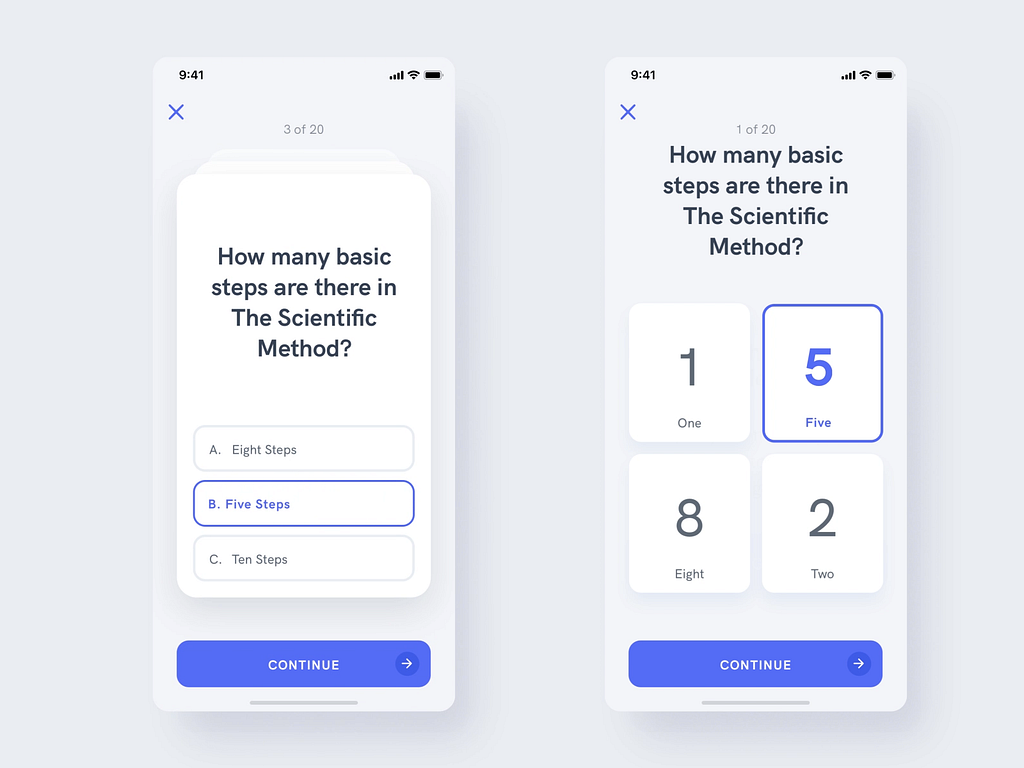
2. Minimalism Interface. Rediscovering information architecture.
The time of complex applications, full of interactive elements, call-to-actions, and useless animations will become things of the past (I hope at least). Today the majority of users navigate through several pages at the same time and on different devices, while attention to content decreases more and more. As a solution, minimal design will help to guide the user to gain a better, clearer and faster understanding about your product.
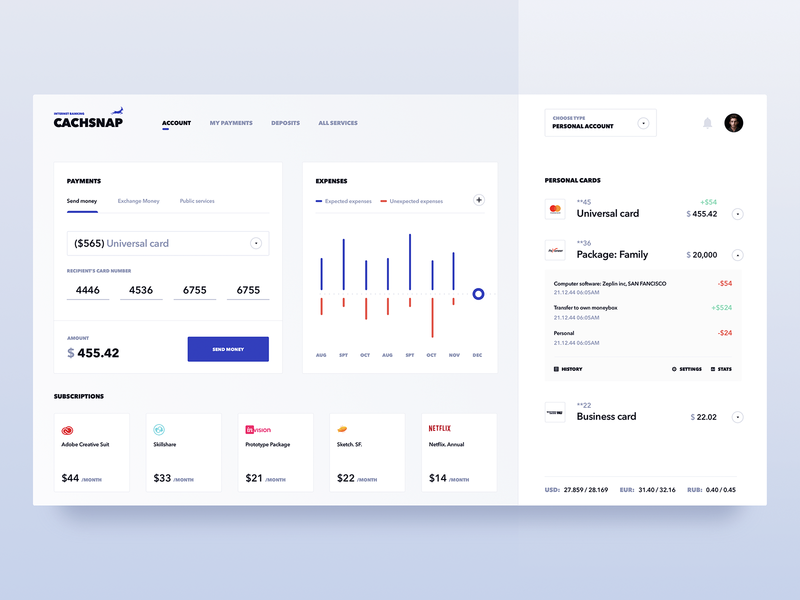
4. Dynamic User Experience.
Continuing with the topic of having structures full of complexity and interference, e.g. links opening in new tabs and pop-ups appearing, again and again, distracting the user from his actual goal and shifting their focus to things that are unnecessary.
One good reference is google with Gmail allowing users to access the google calendar while reading email at the same time, dividing the screen into 2 parts, allowing the user to view both at the same time without needing to switch between tabs. In 2020 we will see a growth of similar behaviors, delivering to the user what they are looking for instead of pushing things that we might think the user might like.

5. Device Synchronisation.
Device synchronization is the latest trend. Whether its smartphone, a watch, a laptop — the user demands dynamic capabilities across all devices. Today the interaction is associated with the achievement of booking a cab or hotel, buying things online or control the home — as all of these can be done via the internet.
Deliver the right experience in every touchpoint.
Uber is the best example to take into consideration, as it has fully implemented an independent hardware approach. If you have used Uber, you might know that you can start the trip with voice command and end it with the help of a mobile application or watch. So, a single continuous operation can be performed on different platforms with uninterrupted action.
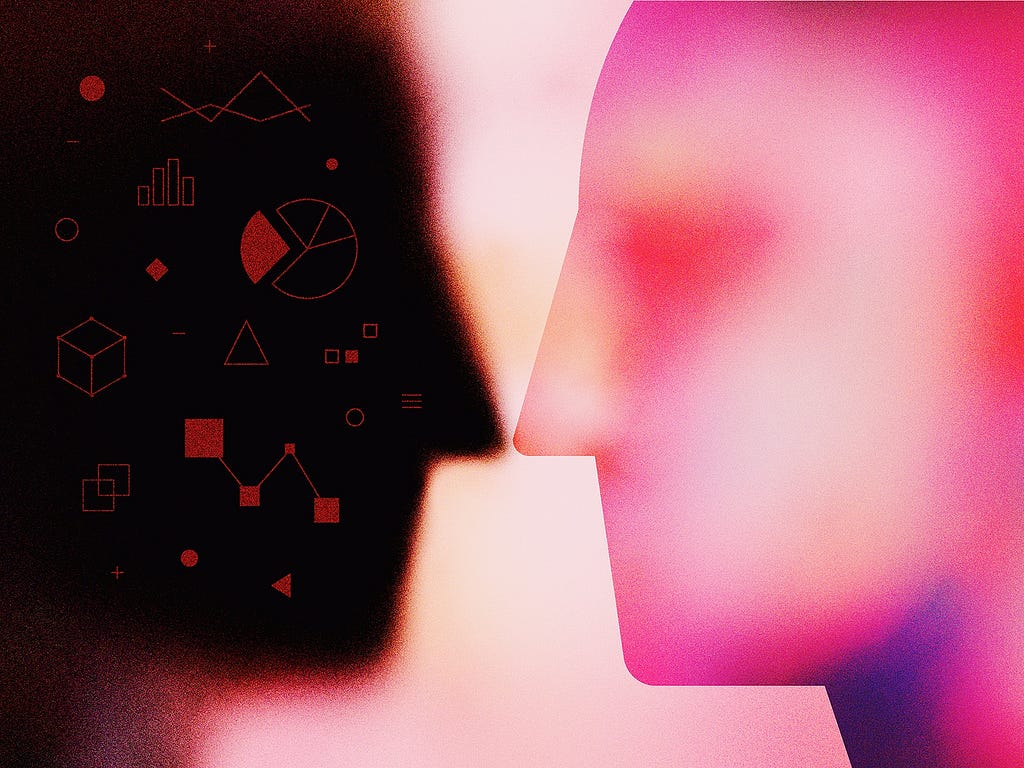
5. Time to understand AI.
AI won´t stop the evolution and in 2020 I expect to see more brands embracing it. For some years AI started to be everywhere, from google search, online shopping recommendations, social media feeds adapting to user behaviors, etc. As AI technology grows it is becoming more developed and sophisticated but at the same time it will become more present everywhere.
In the next year, we will see new ways and forms how to use AI´s new methods for creative solutions, video / image-driven, and smarter products.
One good example is Ogilvy’s recent social media ad campaign for Deutsche Bahn, which aimed to encourage people in Germany to vacation in their home country rather than abroad. Using AI, Ogilvy put images of destinations in Germany next to almost-identical images of landmarks around the world. It wouldn’t have been possible without AI, and it drove a 6.61% conversion rate and a 24% increase in revenue.
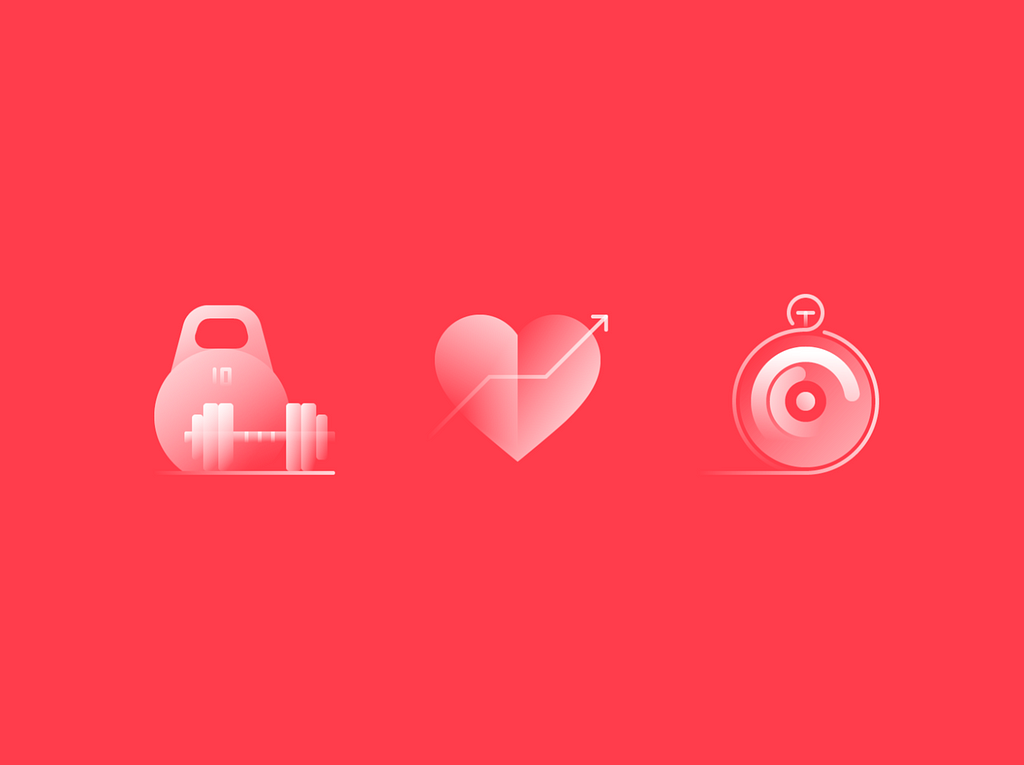
6.Services Over Products.
In the next year and beyond, we’ll see a move from selling products to selling services around products. Many consumers, particularly young people, will become more conscious about what they buy taking a step away from consumerism. Creating new products or finding new ways to sell consumer’s new versions of products they already have is no longer a promising business.
An example is in the smartphone and fashion industry where we see the sales numbers having a drop due to the fact that there is no need to replace a perfectly working older phone or jacket that still looks good. Is a generational attitude and consciousness, showing that people are buying less, moving toward investing rather in experience than things. People are more aware of what they buy.
Companies will have to rethink many of their business models and focus more on finding solutions that really help their customers instead of creating new products. For example, younger consumers may not want to buy their own car, but they’ll pay a monthly fee for access to a shared car. The same goes for services like streaming media, vacation rentals, and food delivery. It’s about the service that surrounds the products instead of the actual products themselves.
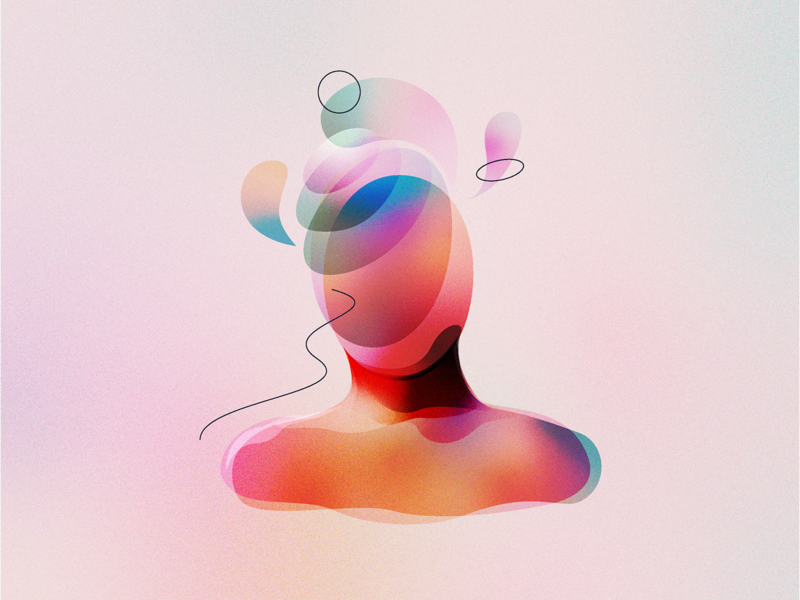
7. Mindful Designing.
Good design is the one that is centered around users and supports them to complete an action in the most intuitive and simplest way. Mindfulness focuses on being clear, honest, without distractions and respecting the user providing meaningful experiences.
Mindful Design is a human-centered approach to create products which respect user’s privacy, time and attention as well as enhance the state of optimum human experience.”
Sandra Mileikyte
8. From copywriting to UX Writing.
We saw last years a gap in how text is adapted to the product with the purpose to benefit the user. Google has created a page to describe what its UX writers do in UX writing. On the page, Google described them as advocates for Google design and how they help to shape product experiences by crafting copy that empowers users to complete the task at hand.
“They set the tone for content and drive cohesive product narratives across multiple platforms and touchpoints. As the resident wordsmiths, they work with a variety of UX design-related jobs including researchers, product managers, engineers, marketing, and customer operations to help establish connective language and a unified voice.”
UX writer will be the storyteller, technical writer and editor of the company, housed within the UX team. While we see companies constantly improving their products and services’ appearance, feel and interaction design, it is intriguing that there will finally be changes to the words too.
Sources:
https://uiuxtrend.com/what-is-ux-writing/
https://design.google/jobs/ux-writer/
https://elespacio.net/articles/
https://e27.co/
https://uxdesign.cc/mindful-design-and-interaction-b5c96d968a2b
https://mailchimp.com/features/behavioral-targeting/
https://mailchimp.com/integrations/behavioral-track-trigger-suite-for-mailchimp/
https://www.aspireiq.com/blog/10-influencer-marketing-statistics-2020
Thinking forward: experience design trends for 2020 was originally published in UX Collective on Medium, where people are continuing the conversation by highlighting and responding to this story.
from UX Collective – Medium https://uxdesign.cc/thinking-forward-experience-design-trends-for-2020-1c375622bc82?source=rss—-138adf9c44c—4
